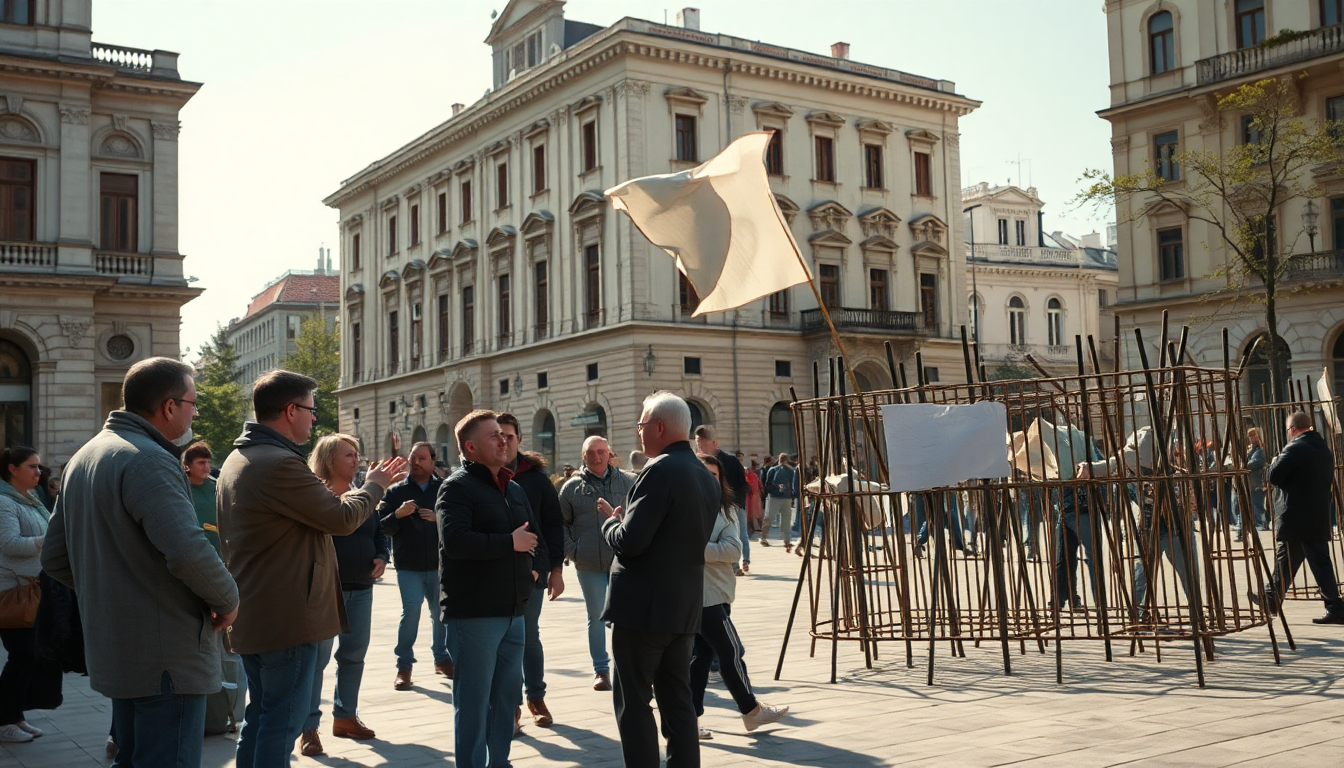Table of Contents
The recent surge in violence in Serbia has sparked major concerns both at home and abroad. But what’s really behind this unrest? Understanding the root causes is key to grasping the broader socio-political landscape of the region. In this article, we’ll explore the factors driving the current crisis, take a look at the historical context, and consider what all this means for Serbia’s future stability.
What’s Happening Right Now?
Over the past few months, Serbia has seen a worrying rise in violence, characterized by protests, clashes between different groups, and an atmosphere of heightened tension. These aren’t just random incidents; they reflect deeper societal issues that have been simmering for years.
The unrest today is a mix of political discontent, economic troubles, and ethnic strife.
Political dissatisfaction is a long-standing theme in Serbia, especially among the younger crowd who feel left out by a system that seems stuck in its ways and unresponsive to their needs.
The government’s failure to tackle pressing economic problems has only added fuel to the fire, creating a volatile environment ripe for conflict.
On top of that, Serbia’s complex history, particularly concerning its ethnic minorities, plays a critical role in the current situation.
The legacy of the Yugoslav wars, combined with ongoing ethnic tensions, creates a breeding ground for violence. This intersection of factors paints a troubling picture of a nation struggling with its identity and future.
What’s Driving the Violence?
Several key factors are driving the recent violence in Serbia. First up is economic instability, which has led to soaring unemployment rates, particularly among young people. As financial prospects dwindle, frustration grows, often spilling over into protests and sometimes violent clashes.
Next, political polarization is hitting a peak. The Serbian political scene is deeply divided, with various factions competing for power and influence. This division often erupts into public demonstrations, where opposing groups clash, leading to violent confrontations.
And let’s not forget about external influences. The geopolitical landscape of the Balkans, especially the ongoing tensions surrounding Kosovo and the involvement of foreign powers, adds another layer of complexity to the situation. These outside pressures often intensify internal conflicts, creating a difficult cycle of violence to break.
What Does the Future Hold?
Looking ahead, the implications of the current violence in Serbia are significant. If the unrest continues unchecked, it could lead to further destabilization—not just within Serbia, but throughout the broader Balkan region. The risk of spillover effects into neighboring countries poses a serious threat to regional security.
Additionally, how the international community responds will be crucial in shaping Serbia’s path forward. Diplomatic efforts focused on addressing both the political and economic frustrations of the Serbian people will be essential in reducing violence and fostering a more stable environment.
Ultimately, understanding the root causes of violence in Serbia is vital for everyone involved. By tackling these issues directly, there’s hope for a more peaceful and prosperous future for the nation. Isn’t it time we all pay attention?





